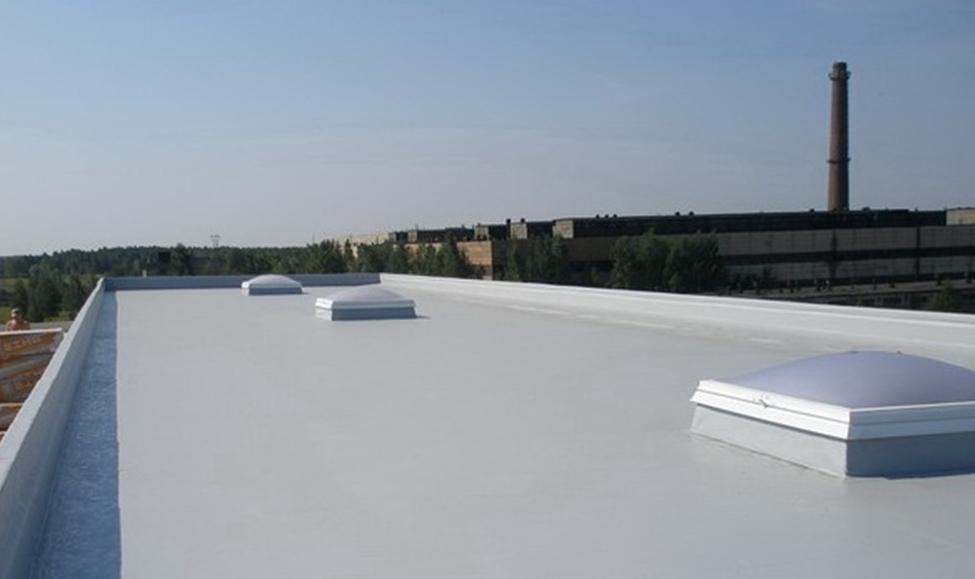PVC roofing has emerged as a top choice for residential and commercial properties alike, offering a blend of durability, sustainability, and affordability. This comprehensive guide delves into the intricacies of PVC roofing, providing insights into its benefits, installation process, maintenance tips, and more.
Understanding PVC Roofing
PVC, or polyvinyl chloride, roofing, is a type of single-ply roofing membrane known for its strength and longevity. Composed of synthetic materials, PVC roofing offers exceptional resistance to environmental elements such as UV rays, chemicals, and extreme weather conditions.
Advantages of PVC Roofing
PVC roofing presents numerous advantages that make it a preferred choice among property owners:
- Durability: PVC roofing boasts a long lifespan, typically lasting 20-30 years or more with proper maintenance.
- Weather Resistance: With excellent resistance to moisture, wind, and temperature fluctuations, PVC roofing ensures optimal protection for buildings in various climates.
- Energy Efficiency: PVC roofing reflects sunlight, reducing heat absorption and lowering energy costs for cooling.
- Low Maintenance: Minimal upkeep requirements make PVC roofing a hassle-free option for property owners.
- Environmentally Friendly: PVC roofing is recyclable, contributing to sustainability efforts in the construction industry.
Installation Process
Installing PVC roofing involves several steps to ensure a secure and watertight seal:
- Surface Preparation: Clean and smooth the roof surface to remove debris and ensure proper adhesion.
- Membrane Installation: Roll out the PVC membrane, ensuring it overlaps correctly and adheres securely to the substrate.
- Seam Welding: Use heat welding techniques to fuse seams, creating a seamless barrier against moisture infiltration.
- Flashing Installation: Install flashing around roof penetrations and edges to prevent water intrusion.
- Final Inspection: Conduct a thorough inspection to verify the integrity of the PVC roofing system before completion.
Maintenance Tips for PVC Roofing
Maintaining PVC roofing is essential to prolong its lifespan and preserve its performance:
- Regular Inspections: Conduct routine inspections to check for damage, punctures, or signs of wear.
- Cleaning: Remove debris, leaves, and other materials from the roof surface to prevent drainage issues.
- Sealant Application: Apply sealant to seams and flashing periodically to maintain waterproofing capabilities.
- Trim Overhanging Branches: Trim tree branches near the roof to prevent damage from falling debris and abrasion.
- Professional Maintenance: Schedule professional inspections and maintenance services annually to address any issues promptly.
Common FAQs About PVC Roofing
How long does PVC roofing last?
PVC roofing typically lasts 20-30 years or more with proper maintenance.
Is PVC roofing environmentally friendly?
Yes, PVC roofing is recyclable and contributes to sustainability efforts in the construction industry.
Can PVC roofing withstand weather conditions?
Yes, PVC roofing offers excellent resistance to UV rays, chemicals, and temperature fluctuations, making it suitable for various climates.
How often should PVC roofing be inspected?
It’s recommended to inspect PVC roofing annually to identify any damage or maintenance needs promptly.
What are the maintenance requirements for PVC roofing?
Regular cleaning, inspections, and sealant application are essential for maintaining PVC roofing and prolonging its lifespan.
Is PVC roofing suitable for residential properties?
Yes, PVC roofing is commonly used for both residential and commercial properties due to its durability and versatility.
Conclusion
PVC roofing offers a durable, sustainable, and cost-effective solution for property owners seeking reliable protection against the elements. By understanding the installation process, maintenance requirements, and benefits of PVC roofing, you can make informed decisions to enhance the longevity and performance of your property’s roofing system.

